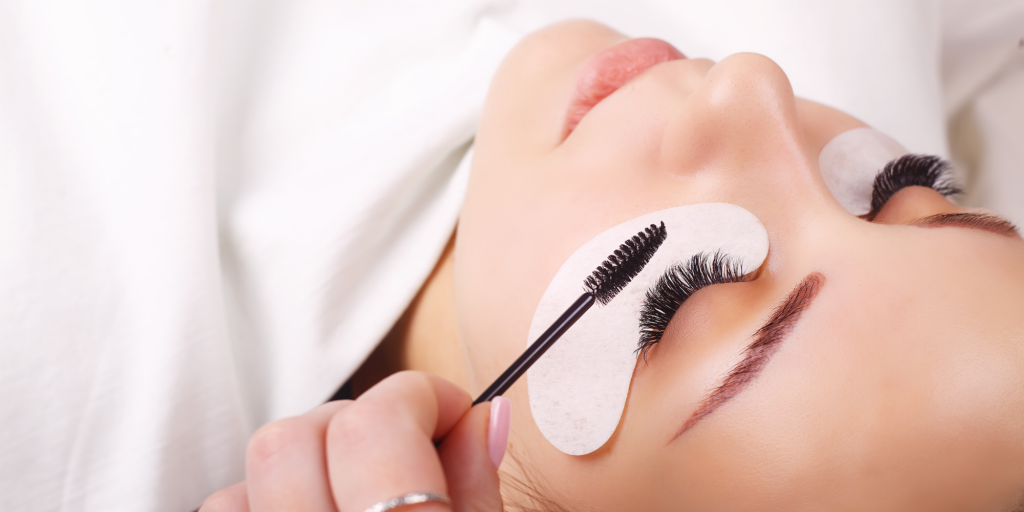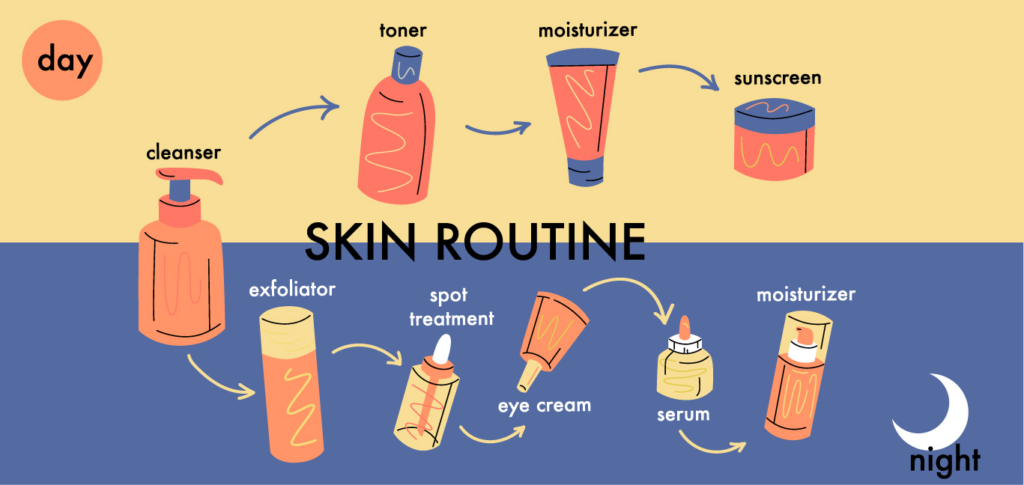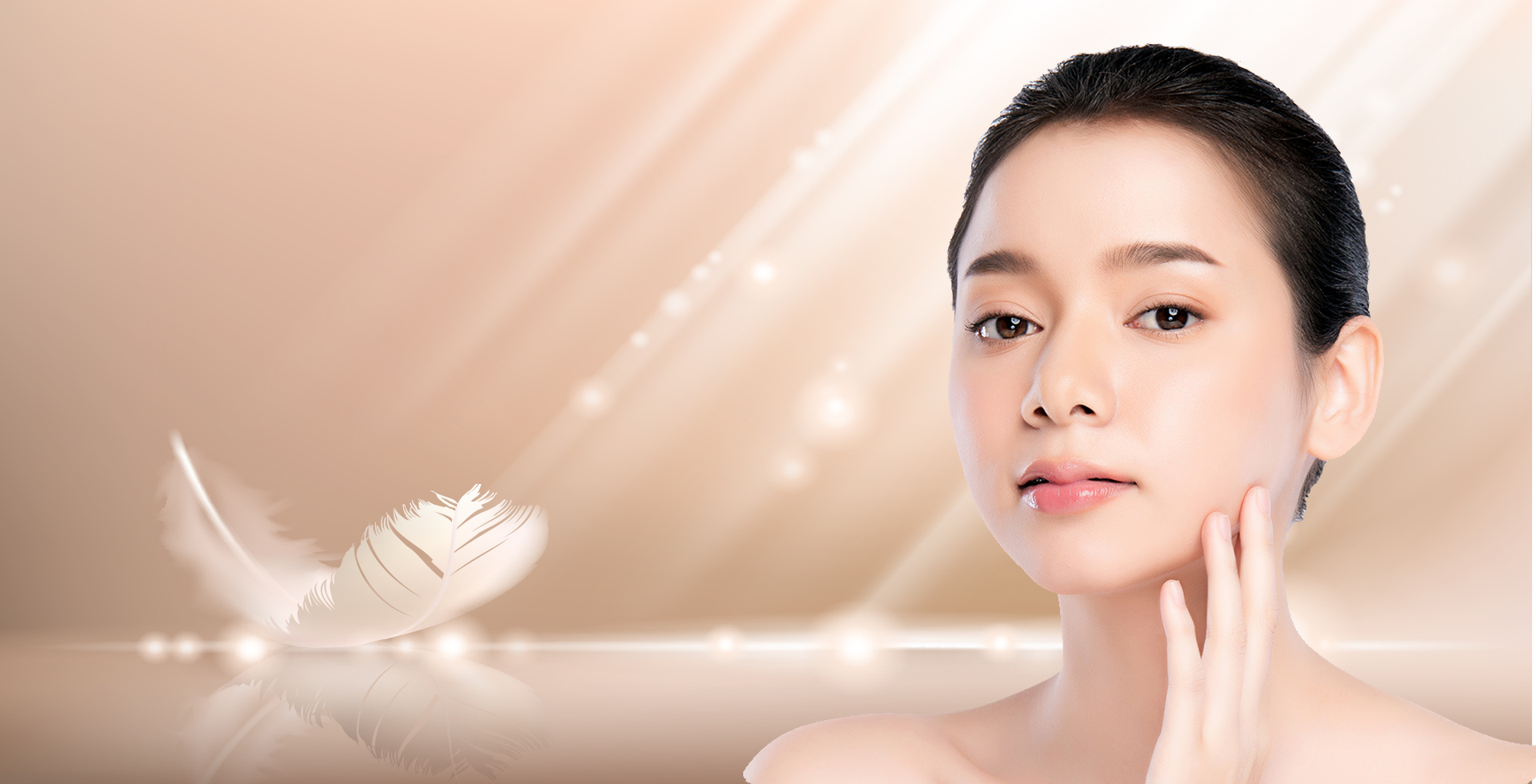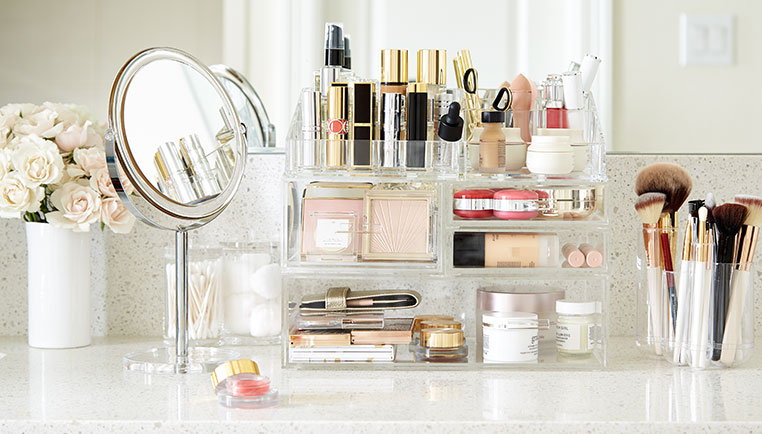What to Expect at Your First Eyelash Specialist Appointment in KL/PJ

Embarking on your first eyelash extension appointment can be both exciting and overwhelming. In KL/PJ, consulting with an experienced eyelash specialist ensures you achieve the desired look and feel confident throughout the extension process.
This article will guide you through what to expect during your initial appointment, from the consultation to aftercare, and will highlight the range of services available, including lash lifts, eyebrow lamination, and comprehensive eyelash treatments.
Initial Consultation: Discussing Your Eyelash Extension Goals
The first step in your eyelash extension journey is the initial consultation at a beauty salon. This crucial meeting allows you to discuss your goals and preferences with your eyelash specialist.
You will talk about the desired length, volume, and style of your eyelash extensions. The specialist will evaluate your natural lashes and suggest the best options to achieve a natural and flattering look. This discussion helps ensure that your extensions align with your vision and enhance your overall appearance.
The Eyelash Extension Procedure: What to Expect During Application
The procedure for applying eyelash extensions is meticulous and requires skilled technique. During your appointment, you will lie down comfortably with your eyes closed as the specialist applies extensions to each natural lash using a specialised adhesive. The application process usually takes between 1.5 to 2 hours.
The specialist will work carefully to ensure that each extension is applied evenly and securely, resulting in a beautiful and natural-looking finish. Understanding this process helps set your expectations for the appointment duration and experience.
Choosing the Right Type of Eyelash Extensions for Your Look

There are several types of eyelash extensions, including classic, volume, and hybrid styles. Your eyelash specialist will help you choose the right type based on your preferences and lifestyle.
Classic extensions provide a natural look with one extension per natural lash, while volume extensions offer a fuller appearance with multiple extensions per lash. Hybrid extensions combine both styles for a balanced effect. Knowing your options allows you to select the best extensions to achieve your desired outcome and enhance your eyes.
Lash Lift vs. Eyelash Extensions: Understanding the Differences
Lash lifts and eyelash extensions are two popular treatments offered by eyelash specialists. A lash lift enhances your natural lashes by curling them, which creates a lifted look without the need for extensions.
This treatment is ideal for those who want a subtle enhancement. In contrast, eyelash extensions add length and volume, offering a more dramatic transformation. This section will clarify the differences between these treatments and help you decide which service best suits your needs and desired look.
Comprehensive Eyelash Treatments: Beyond Extensions
Many beauty salons offer a range of comprehensive eyelash treatments in addition to extensions. Services such as eyebrow lamination, which shapes and defines your brows, can complement your lash extensions and provide a complete beauty solution.
Eyelash specialists also offer other treatments like eyelash growth treatment to enhance your overall appearance. Exploring these options allows you to achieve a polished and cohesive look that fits your style and preferences.
Post-Appointment Care: How to Maintain Your Eyelash Extensions

Proper aftercare is essential for maintaining your eyelash extensions and ensuring their longevity. After your appointment, your eyelash specialist will provide specific instructions on how to care for your new lashes. This may include avoiding water, oil-based products, and excessive rubbing. Following these guidelines will help keep your extensions looking fresh and natural, extending their lifespan and maintaining their appearance.
Finding the Best Eyelash Specialist in KL/PJ for Your Needs
Choosing the right eyelash specialist is crucial for achieving the best results. When selecting a beauty salon in KL/PJ, consider factors such as the specialist’s expertise, the range of services offered, and the price. An experienced specialist will provide high-quality care and personalised service, ensuring that you receive the best possible results. Taking the time to find the right professional will enhance your experience and satisfaction with your eyelash extensions.
Achieving Your Desired Look with Expert Eyelash Services
With the guidance of a skilled eyelash specialist and proper aftercare, you can achieve stunning and natural-looking eyelash extensions. Whether you are new to eyelash treatments or looking to enhance your current routine, understanding the process and available options will help you make informed decisions. Embrace the beauty of professionally applied eyelash extensions and other treatments to enhance your overall appearance and confidence.
What to Expect at Your First Eyelash Specialist Appointment in KL/PJ Read More »











:strip_icc()/ScreenShot2022-02-28at9.42.51PM-8d9e660046ac4f13a9aa0aefef44cb8b.png)






